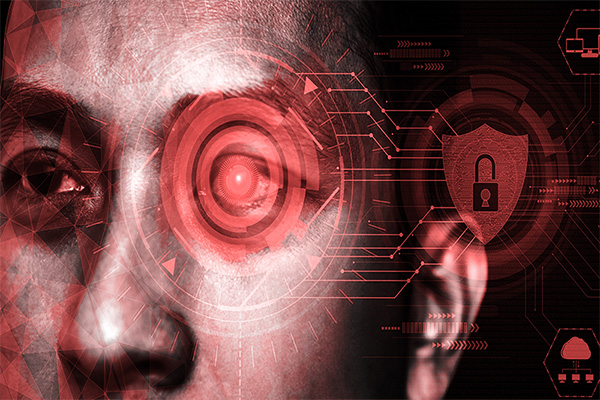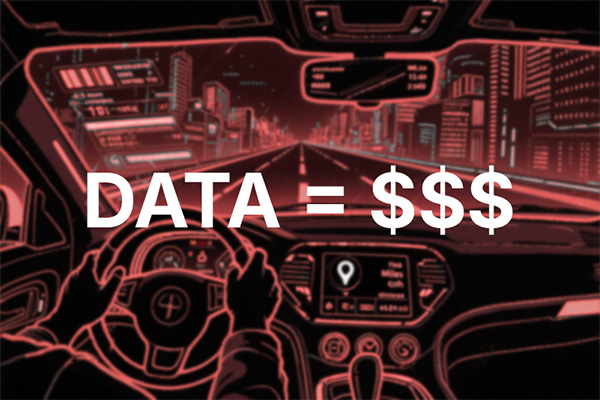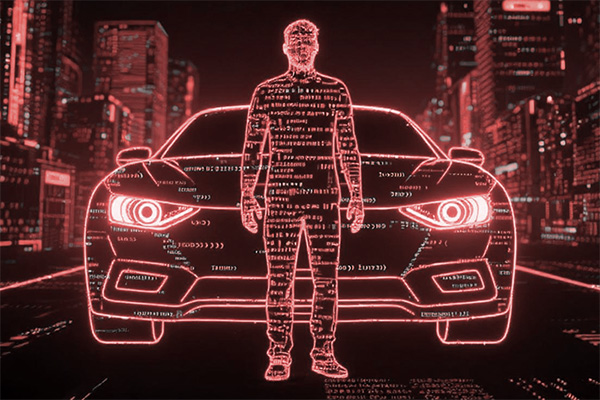
Here’s how remote work is shaping up as we enter the third quarter: nearly half the workforce still works from home, a coffee shop, or somewhere else, which is probably unsafe for company business.
Flexibility is the new productivity. But let’s not romanticize it: this shift has cracked the traditional cybersecurity perimeter wide open. While businesses race to accommodate hybrid demands, cybercriminals are already ten steps inside.
So, what does this remote reality mean for your organization’s security? A lot. And if you’re not adapting fast, you’re falling behind and vulnerable.
Here are five signs that you should take remote work cybersecurity seriously:

Remember the good old days when everyone worked behind the same firewall and shared a coffee machine? Those centralized, controlled networks are mostly gone. Employees log in from coffee shops, airports, and living rooms today. Each environment comes with its own risk profile:
These aren’t exceptions anymore—they’re the norm. And every one of them is an open invitation to attackers.

The rise of BYOD (Bring Your Own Device) policies has turned security into a logistical nightmare. When personal laptops and phones double as business tools, IT teams lose visibility and control over security protocols, patches, and potential malware threats.
Mix in a couple of personal apps, some kids borrowing the tablet for YouTube, and one forgotten software update, and you’ve got a backdoor to your company’s sensitive data.
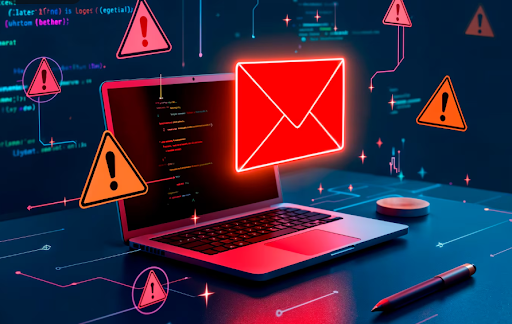
Phishing isn’t just more common—it’s more targeted. Remote workers operate in isolation, outside the daily pulse of the office, and often outside corporate security tools. That detachment makes them easy prey.
And cybercriminals know it. Pandemic-themed phishing was just the beginning. Now it’s fake HR emails, fake cloud storage alerts, fake MFA prompts—everything designed to exploit remote work stress and distraction.
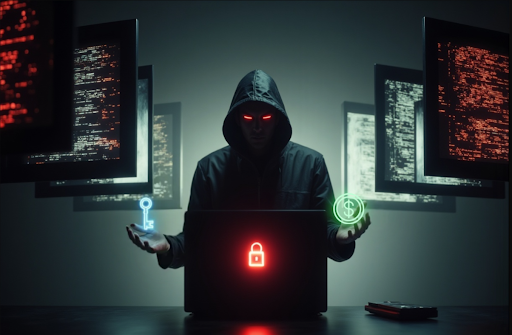
Ransomware attacks have surged by 90%. Why? Because remote systems are fragmented, less secure, and harder to patch consistently. It’s easier than ever for malware to creep in, encrypt your files, and hold your data hostage.
Even worse, some attackers play a double game—stealing your data before encrypting it and threatening to leak it if you don’t pay up. For remote-first businesses, that’s a nightmare scenario.

Let’s talk numbers. Breaches tied to remote work cost an average of $173,074 more per incident than office-only breaches. The global average cost of a data breach hit $4.88 million in 2024, and it’s still climbing.
By 2029, cybercrime is expected to cost the world $15.63 trillion annually. If your cybersecurity strategy hasn’t adapted to the realities of remote work, it’s not a strategy—it’s a liability.
There’s no going back to pre-remote security. But there is a way forward. Here’s what high-performing companies are doing right now:
Protect every login with MFA. Period. No exceptions.
Assume no device, network, or user is safe until proven otherwise.
Educate employees on securing routers, updating firmware, and avoiding public Wi-Fi.
If BYOD is unavoidable, enforce strict mobile device management (MDM) policies.
Security training should be regular, up-to-date, and tailored to remote work scenarios.
Your data should be backed up, your network segmented, and your endpoints continuously monitored.
AI is rapidly transforming threat detection and response, especially for remote environments. Real-time behavioral analytics, automated threat response, and smarter endpoint visibility are no longer “nice to have”—they’re table stakes.
Zero Trust Network Architecture (ZTNA) replaces traditional VPNs, offering more granular access and better perimeterless security. Remote security management tools that combine monitoring, DLP, and anomaly detection are becoming essential.
The attack surface has exploded. Employees are scattered. And cybercriminals? They’ve never been more organized—or aggressive.
You can’t patch human behavior with a firewall. The real frontline of cybersecurity is your people. And right now, they’re working from everywhere.
At Aware Force, we help large organizations educate and engage employees on cybersecurity through powerful branded content. From interactive videos to bite-sized newsletters and cyber games that spark curiosity, we create experiences that stick—and change behavior.
Your workforce is remote. Your messaging can’t afford to be.
Let’s put cybersecurity front and center—before the next breach does it for you.
Intuition.com, AT&T, IBM, Statista
